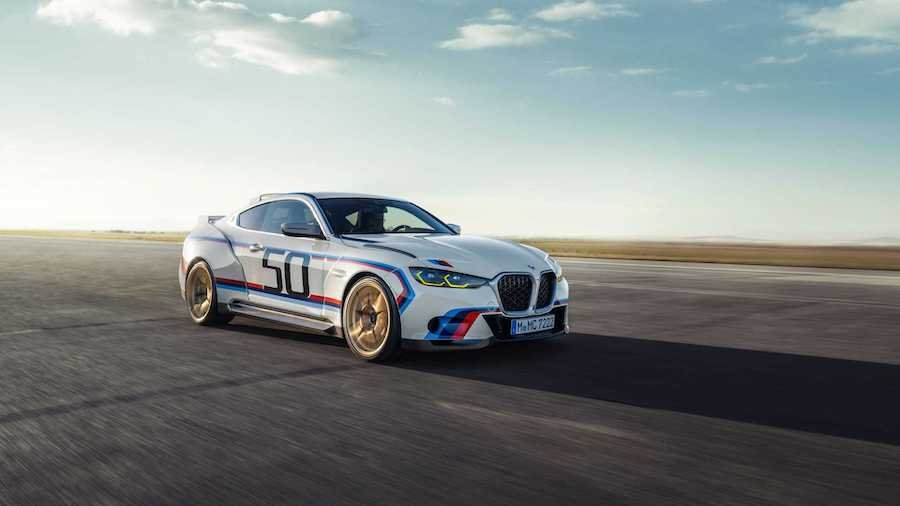BMW Design Chief Explains How China And US Perceive Brand Differently

In the US, there are a number of BMW faithful who wish the automaker would stick to performance cars. But in other parts of the world, the brand's perception is different. That's one of the many things BMWBlog learned recently when it visited BMW Designworks at its new space in Santa Monica, California.
Known as the "architects of the future" for BMW, Holger Hampf, President of BMW Designworks, and Design Director Adrian van Hooydonk are shaping BMW's styling. At the new studio’s opening, which coincided with the Frieze Los Angeles art fair, they spoke at length about the Designworks facility and topics including art cars, the importance of collaboration, and challenges faced by BMW designers.
The key topic was the difference in design aesthetics between the European, US, and Chinese markets. According to van Hooydonk, market research suggests the preferences of each market are converging as opposed to growing more diverse. In reality, perhaps the biggest difference stems from the American perception of BMW and how it influences the world market. “To an American customer, BMW is a sporty vehicle. No matter how big it is, even a 7 Series is seen as a sporty car. In China, BMW is seen as a luxury object,” he says.
To bridge that gap in perception, BMW's designers chose to walk a fine line between luxury and performance with the current 7 Series. It offers both aggressive and distinctive styling with more luxury refinements like cashmere seating surfaces and a subdued paint palette. Love it or hate it, BMW's flagship seems to resonate with buyers regardless of the market.
However, if there is a convergence between overall market tastes, it's in contrast to individual preferences. As von Hooydong explains, “There’s not one formula anymore. Maybe thirty years ago, if you had reached a certain level of success in life, you wanted to belong to that luxury segment. But I think people today don’t care about that so much. You want to get your own luxury or rewards. It’s become far more individual.”
Related News
